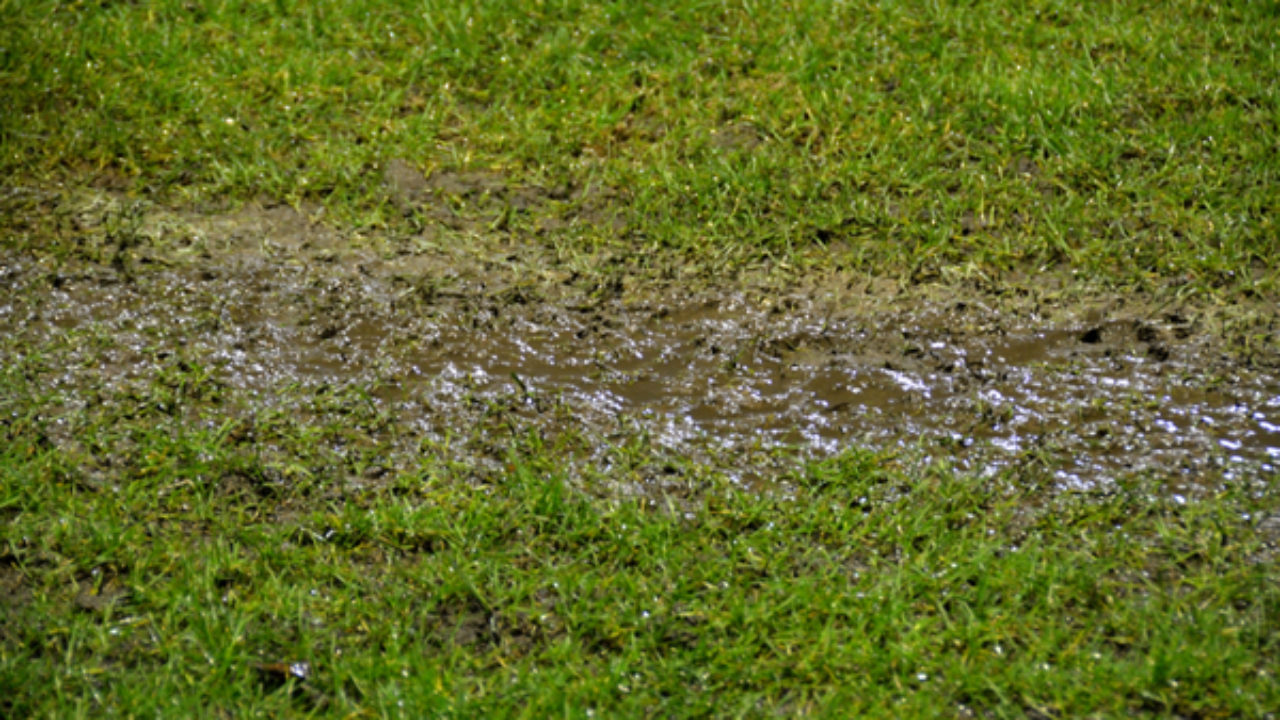Just how to Examine If Your House Has a Concealed Leak
Just how to Examine If Your House Has a Concealed Leak
Blog Article
We have stumbled on this article about Leaking water lines down the page on the internet and concluded it made sense to write about it with you on this page.

Early discovery of leaking water lines can reduce a prospective catastrophe. Some small water leaks might not be visible.
1. Examine the Water Meter
Inspecting it is a proven method that aids you discover leakages. If it moves, that indicates a fast-moving leakage. This implies you might have a slow-moving leak that can also be below ground.
2. Inspect Water Consumption
If you find unexpected changes, in spite of your usage being the exact same, it indicates that you have leaks in your plumbing system. An unexpected spike in your bill indicates a fast-moving leak.
On the other hand, a constant increase monthly, despite having the very same habits, shows you have a slow-moving leakage that's likewise slowly intensifying. Call a plumber to completely examine your residential or commercial property, especially if you really feel a cozy area on your flooring with piping underneath.
3. Do a Food Coloring Examination
When it comes to water intake, 30% comes from commodes. Examination to see if they are running appropriately. Decrease flecks of food shade in the container and wait 10 minutes. There's a leakage between the storage tank and dish if the color somehow infiltrates your bowl throughout that time without flushing.
4. Asses Outside Lines
Don't neglect to inspect your outdoor water lines also. Test faucets by attaching a yard hose pipe. Needs to water seep out of the link, you have a loose rubber gasket. Replace this as well as guarantee all connections are tight. It will certainly aid get it expertly took a look at and maintained each year if you have actually obtained a sprinkler system. One tiny leakage can squander lots of water as well as spike your water bill.
5. Check as well as Assess the Scenario
Home owners should make it a behavior to check under the sink counters as well as also inside cabinets for any kind of bad odor or mold and mildew development. These 2 red flags indicate a leak so prompt focus is required. Doing routine evaluations, even bi-annually, can save you from a significant problem.
Inspect for discolorations and also deteriorating as many pipes and devices have a life span. If you think dripping water lines in your plumbing system, don't wait for it to rise.
Early discovery of leaking water lines can reduce a prospective disaster. Some little water leaks might not be noticeable. Inspecting it is a surefire method that helps you find leaks. One small leak can throw away lots of water and also spike your water costs.
If you suspect dripping water lines in your plumbing system, don't wait for it to escalate.
How to Know If Your Home Has a Hidden Leak
Water Meter Reveals Inexplicable Water Usage
If you’d like to test whether or not there’s a leak somewhere in your home, you can do this using your water meter. Here is how to conduct the test:
Don’t use any water in your home for at least 30 minutes; this also means not turning on faucets or water-using appliances.
Go outside, and check your water meter for activity.
If your water meter shows that there was activity, even though no one was using any water, this proves that there is a leak in your home.Visible Mold or Mildew Growth
Leaks behind walls create moist, dark environments that allow mold and mildew to grow and thrive. Eventually, you might see mold growth forming on the wall closest to a hidden leak.
If mold is growing in an area that receives a high amount of moisture, such as a bathroom, it may simply be an indication that better ventilation is needed. However, if you see mold growth on a wall or the ceiling in an area where you would not expect, you probably have a hidden leak.
Musty, Mildew Odor
Sometimes you might not be able to see the mold or mildew that is growing as a result of a leak. However, the smell can give the problem away just as easily. If you catch a whiff of something musty, there’s a good chance that old water is collecting somewhere in your home that you can’t see.
Stained/Warped Walls, Ceilings, or Floors
When your home soaks up water, a variety of red flags can become visible, including ceiling stains, bubbling drywall, warped walls, and sagging floors. While these issues can be caused by excess humidity, they can also be signs that a pipe or plumbing connection has started leaking behind your walls.
Inexplicably High Water Bill
After a while, you get a general sense for what your water bill should be. If you own a pool or sprinkler system, your bill will tend to be higher during summer. However, if you receive a water bill that seems especially high, and you can’t figure out what caused it, then you may have a hidden leak somewhere that’s increasing your bill.
https://www.plumbingjoint.com/blog/2019/july/how-to-know-if-your-home-has-a-hidden-leak/

I recently found that entry on Locating water leaks while surfing around the web. Do you know another person who is excited about the topic? Take a moment to share it. I praise you for your time. Please stop by our website back soon.
Report this page